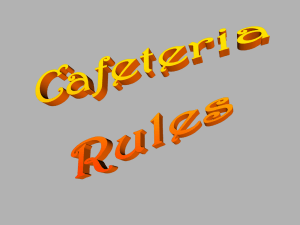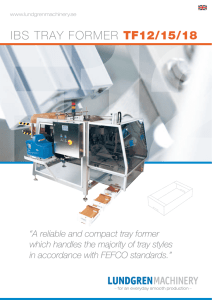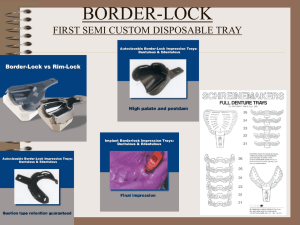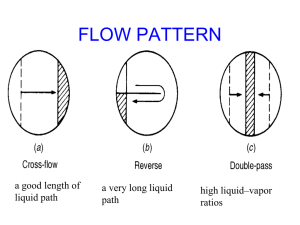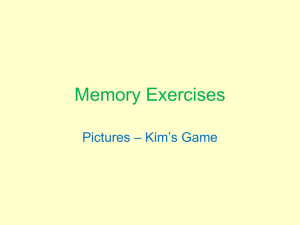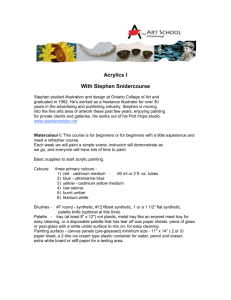File
advertisement
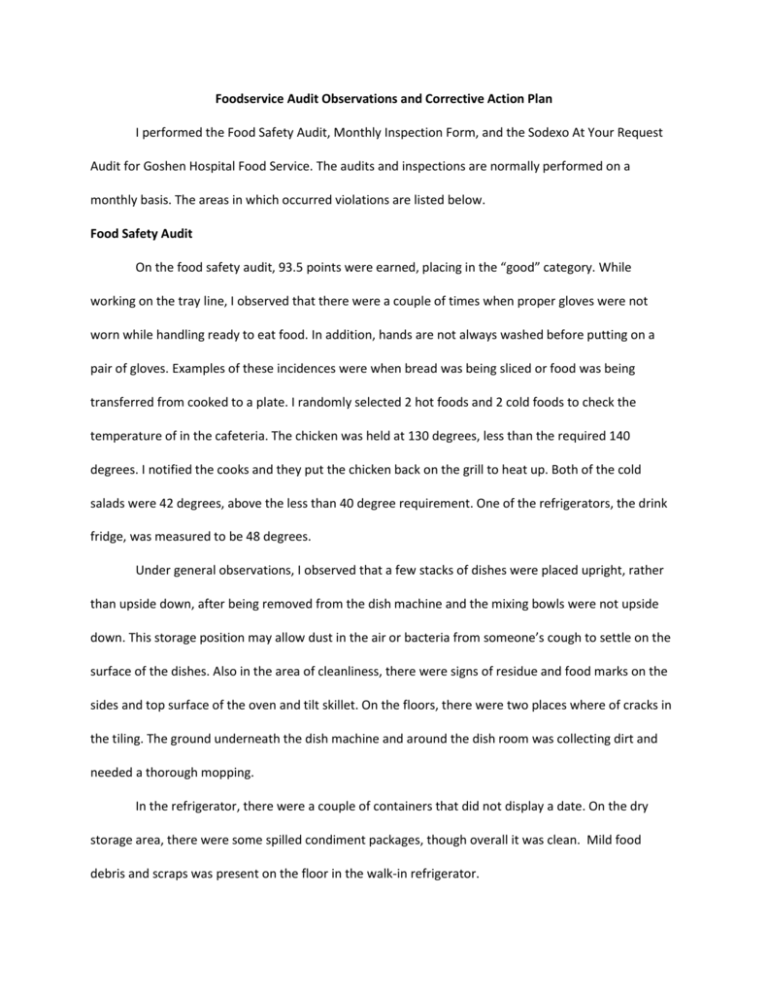
Foodservice Audit Observations and Corrective Action Plan I performed the Food Safety Audit, Monthly Inspection Form, and the Sodexo At Your Request Audit for Goshen Hospital Food Service. The audits and inspections are normally performed on a monthly basis. The areas in which occurred violations are listed below. Food Safety Audit On the food safety audit, 93.5 points were earned, placing in the “good” category. While working on the tray line, I observed that there were a couple of times when proper gloves were not worn while handling ready to eat food. In addition, hands are not always washed before putting on a pair of gloves. Examples of these incidences were when bread was being sliced or food was being transferred from cooked to a plate. I randomly selected 2 hot foods and 2 cold foods to check the temperature of in the cafeteria. The chicken was held at 130 degrees, less than the required 140 degrees. I notified the cooks and they put the chicken back on the grill to heat up. Both of the cold salads were 42 degrees, above the less than 40 degree requirement. One of the refrigerators, the drink fridge, was measured to be 48 degrees. Under general observations, I observed that a few stacks of dishes were placed upright, rather than upside down, after being removed from the dish machine and the mixing bowls were not upside down. This storage position may allow dust in the air or bacteria from someone’s cough to settle on the surface of the dishes. Also in the area of cleanliness, there were signs of residue and food marks on the sides and top surface of the oven and tilt skillet. On the floors, there were two places where of cracks in the tiling. The ground underneath the dish machine and around the dish room was collecting dirt and needed a thorough mopping. In the refrigerator, there were a couple of containers that did not display a date. On the dry storage area, there were some spilled condiment packages, though overall it was clean. Mild food debris and scraps was present on the floor in the walk-in refrigerator. Food Services- Monthly Inspection From The results from the Food Service Monthly Safety Inspection Form are listed here, although the items listed above are not repeated. Under the “exits” category, an emergency evacuation plan that is clear and updated is not posted. The supervisors are aware of this problem, although no corrective action is currently being taken. In the “electrical” category, the control panels do not have a minimum 36” of unobstructed workspace in front of them. There is currently a charting cart and chair in front of the box; these items will continue to remain there. Under “kitchen work”, there was point deducted for the presence of food/grease build-up on equipment. Sodexo- At Your Request Manual I also completed a Sodexo audit, which covers mainly HAACP and tray line assessments. There currently are not any maps/diagrams for the refrigerators and the team tables. In addition, par stock levels are not available. The action plan is to develop these diagrams and have them printed and placed in their proper location. Having these diagrams will help the various aids and cooks to have the same system of where to store items and make them much easier to locate. Par stock levels need to be written down and recorded by the employee who is responsible for ordering. In doing so, another employee would be able to order items as well by using the par stock reference. The garnish system that is currently used is not in written policy. In most cases, a parsley leaf is placed on the plate; however, this is very different from the binder that has pictures and instructions of garnishes. There is no pureed garnish in use; however one should be implemented with approval by the RD and manager. Meal round are not conducted for every meal. Some meal rounds do occur, but not enough to meet the guideline of 7% of the total population. In order to reach this goal, the diet clerks need to be more consistent about performing meal rounds and recording the results. AYR tray assessments occur when there are dietetic interns present; however this means that they are not consistently done. The minimum of 3 tray assessments per week is well over when there are interns working; however, tray assessments do not occur regularly otherwise. Regular team meetings, at least monthly, are supposed to be held to discuss patient satisfaction. However, these meetings are only held if something comes up during a departmental meeting. Food service staff does not appear to be kept up to date with patient satisfaction. There is no report data entered into FMS or another software system to determine forecasting and par stock. This is currently only being done for retail. When the trays are delivered, no plastic wrap is to be used or should be removed before serving. I have observed the use of plastic wrap on a patient tray and it was not removed before serving to the patient. Tray deliverers need to be aware that plastic wrap covering individuals’ dishes needs to be removed before entering the patient’s room. A tray layout template is available and displayed, although it is only followed about half of the time. Each individual either has their own way of placing food items on the tray or they do not pay attention to the intended layout. Menus are left in the patient room and reused, unless it was a restricted or isolation room. This counters the guideline that no reusable menus are allowed. A commonly violated guideline is in regards to placement of cold food on the tray before the hot food is ready. The cold food is often ready sooner and then is place on the tray. As a result, based off tray assessment, the cold food warms up by the time it is delivered to the patients. This is a particular concern for cold desserts and milk. In order to check for accuracy, all trays receipts need to be highlighted when menu items have been placed on the tray. This process is taught and often occurs, although it needs to happen all of the time. Corrective action plan: Create diagram for tray line cold food, hot food, and refrigerators and post to indicate location and par stock of food items. Update notebook for garnishes to reflect what is currently used. Write Exemption Sheet needs to for #5 under the “Delivery and Retrieval Standards” Consistently use highlighters to mark the expo ticket menu items to ensure a complete and accurate tray. Enter report data into FMS, another software, or the forecasting spreadsheet to determine par stock amounts (do quarterly) Conduct and document meal rounds for all meals (B-L-D &WE) and discuss with staff. Conduct a minimum of 3 AYR tray assessments during weeks when dietetic interns are not available to do them. Have regular meeting with AYR team to discuss patient satisfaction and tray line assessment results. Inform tray runners to remove plastic wrap on tray items before entering patient rooms. Do not reuse patient menus. (Sodexo states that no reusable menus are allowed) Clearly display a picture or tray layout template that illustrates tray layout. Educate new and existing employees about this set up. Assemble and place cold food on the tray after hot food is completed. Do not assembly tray where a hot food is involved until the hot food item is completed and ready for service. Emphasize the necessity and importance of wearing gloves every time ready-to-eat foods are handled without utensils. Hands should be washed before putting gloves on. Consistently monitor food hot-held and cold-held food on the cafeteria line. Educate employees on correct action to take it temperatures are not within guidelines. Adjust the drink fridge so that that it is maintained at 40 degree F or below. Monitor regularly. Store all clean mixing bowls and plates upside down to protect from contamination. Floors in dry storage and refrigerator should be swept regularly. Check for food spills and trash to maintain cleanliness.

